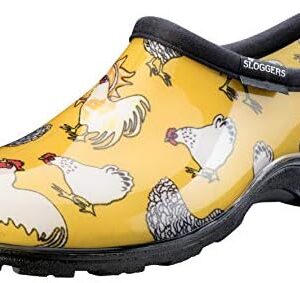There’s something truly magical about being able to grow your own food. The satisfaction of plucking a ripe tomato off the vine or harvesting a basket of fresh herbs is unparalleled. Not only is edible gardening rewarding, but it also allows you to have a direct connection to the food you eat.
If you’re new to edible gardening, the idea of starting your own garden might seem a bit daunting. But fear not! With a little bit of knowledge and some guidance, you’ll be well on your way to becoming a successful gardener.
Let’s break it down into three simple steps: sow, grow, and harvest.
Step 1: Sow
The first step in edible gardening is sowing your seeds. This is where it all begins. Whether you’re planting seeds directly into the soil or starting with seedlings, it’s important to choose the right plants for your growing conditions. Consider factors such as sunlight, soil quality, and climate when selecting what to grow.
When sowing seeds, you’ll want to follow the instructions on the seed packet. Different plants have different requirements when it comes to planting depth, spacing, and timing. Some seeds can be sown directly into the ground, while others may need to be started indoors and transplanted later.
Don’t be afraid to experiment with different varieties of plants. Trying out new vegetables, herbs, and fruits can be a fun and rewarding experience. Just make sure to give your plants plenty of love and attention as they start to grow.
Step 2: Grow
Once you’ve sown your seeds, it’s time to watch them grow. Growing plants requires a bit of care and attention, but the rewards are well worth it. Here are a few key things to keep in mind as you tend to your garden:
– Water: Plants need water to survive, so make sure to give them a good soak when the soil begins to dry out. Different plants have different watering needs, so be sure to do your research.
– Sunlight: Most edible plants require at least 6-8 hours of sunlight each day to thrive. Make sure your garden is placed in a sunny spot to ensure healthy growth.
– Soil: Good soil is the foundation of a successful garden. Make sure your soil is rich in nutrients and well-draining. Consider adding compost or other organic matter to improve soil quality.
– Pests and diseases: Keep an eye out for pests and diseases that may affect your plants. Inspect your garden regularly and take action if you notice any issues.
As your plants start to grow, it’s important to provide them with the support they need. This may mean staking tall plants, pruning back overgrown branches, or thinning out overcrowded areas. By giving your plants the care they need, you’ll ensure a bountiful harvest.
Step 3: Harvest
The moment you’ve been waiting for has arrived – it’s time to harvest your garden! There’s nothing quite like the taste of freshly picked produce straight from your own backyard. Here are a few tips for a successful harvest:
– Timing: Pay attention to the timing of your harvest. Different plants have different maturity times, so make sure to pick fruits and vegetables at their peak ripeness for the best flavor.
– Technique: When harvesting, use the proper technique to avoid damaging your plants. Use scissors or pruners to cut fruits and vegetables from the plant, and be gentle when handling delicate herbs.
– Storage: Once you’ve harvested your produce, it’s important to store it properly to maintain freshness. Some fruits and vegetables can be stored in the refrigerator, while others may do better at room temperature. Do your research to find the best storage methods for each type of produce.
– Enjoy: Finally, sit back and enjoy the fruits of your labor. Whether you’re cooking up a delicious meal with your homegrown veggies or snacking on fresh berries straight from the garden, take the time to savor the flavors of your harvest.
Edible gardening is a truly rewarding experience that allows you to connect with nature and enjoy the fruits of your labor. By following these simple steps – sow, grow, and harvest – you’ll be well on your way to becoming a successful gardener. So roll up your sleeves, grab your gardening gloves, and get ready to watch your garden flourish. Happy gardening!






